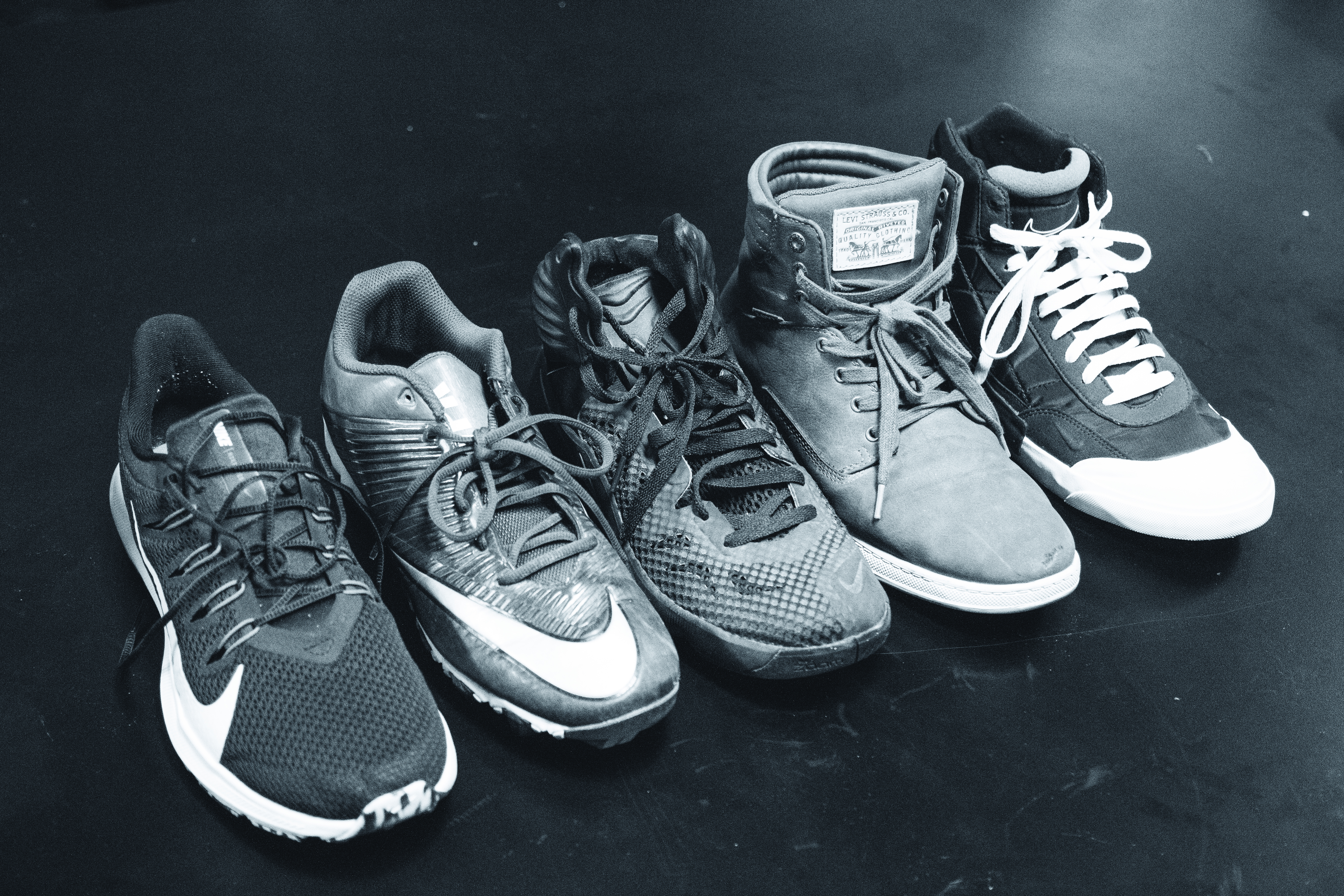
There are many different types of shoes, giving consumers options for all of their needs.
Choosing what shoes to wear on a daily basis does not sound like a big deal, but it can be for college students who walk around campus all day long.
Though it can be tempting to wake up and head to your 8 a.m. class while still in your slippers, it might not be the best choice when it comes to the health of your feet.
Dr. Sydney Leisz, assistant professor of kinesiology, advises students to choose footwear according to their needs.
“‘Healthy’ is a broad term,” Leisz said. “Every human body has been created to be unique, and therefore we each have different needs. We all can imagine the difference in foot pain after a long day at Disneyland when you wear a pair of Rainbow Sandals, compared to if you wear Hokas. While crocs, slippers and UGGs do not have the most arch support, wearing them daily whilst in college may not be problematic, but wearing shoes with minimal arch support and cushion over many years could have an impact on joint health later on in life.”
Brooke Donovan, sophomore film major, said she prefers wearing Doc Martens on campus.
“Docs are sturdy and comfortable and waterproof,” Donovan said. “No matter the weather, I can pretty much always wear them. They also happen to go with every outfit, which is a good bonus. I also enjoy a good tennis shoe though, just because they are also comfortable and easy to walk around in.”
Hannah McPherson, senior history major, said she prefers sandals.
“Sandals are just so easy, you just slide them on and head out the door,” McPherson said. “You don’t have to worry about tying them or zipping them. It’s one less thing to worry about. They are also really comfy and can sometimes be built to curve to be the shape of your foot. Also, when walking around campus all day, it is common to get blisters from shoes. With sandals, you don’t have to worry about that pain.”
Leisz recommends students think about what activities they will be doing that day when selecting shoes.
“The most important element is the task that you will be performing while wearing that particular shoe,” Leisz said. “For example, if you are going to the gym and are going to be long-distance running, you may want a shoe with more arch support and cushion to absorb ground reaction forces which will reduce the stress applied up the kinetic chain. Whereas when weightlifting, when you want to lift heavy, it may be more beneficial to wear shoes with a more rigid sole to better transmit those forces, which in turn would allow you to lift heavier.”


